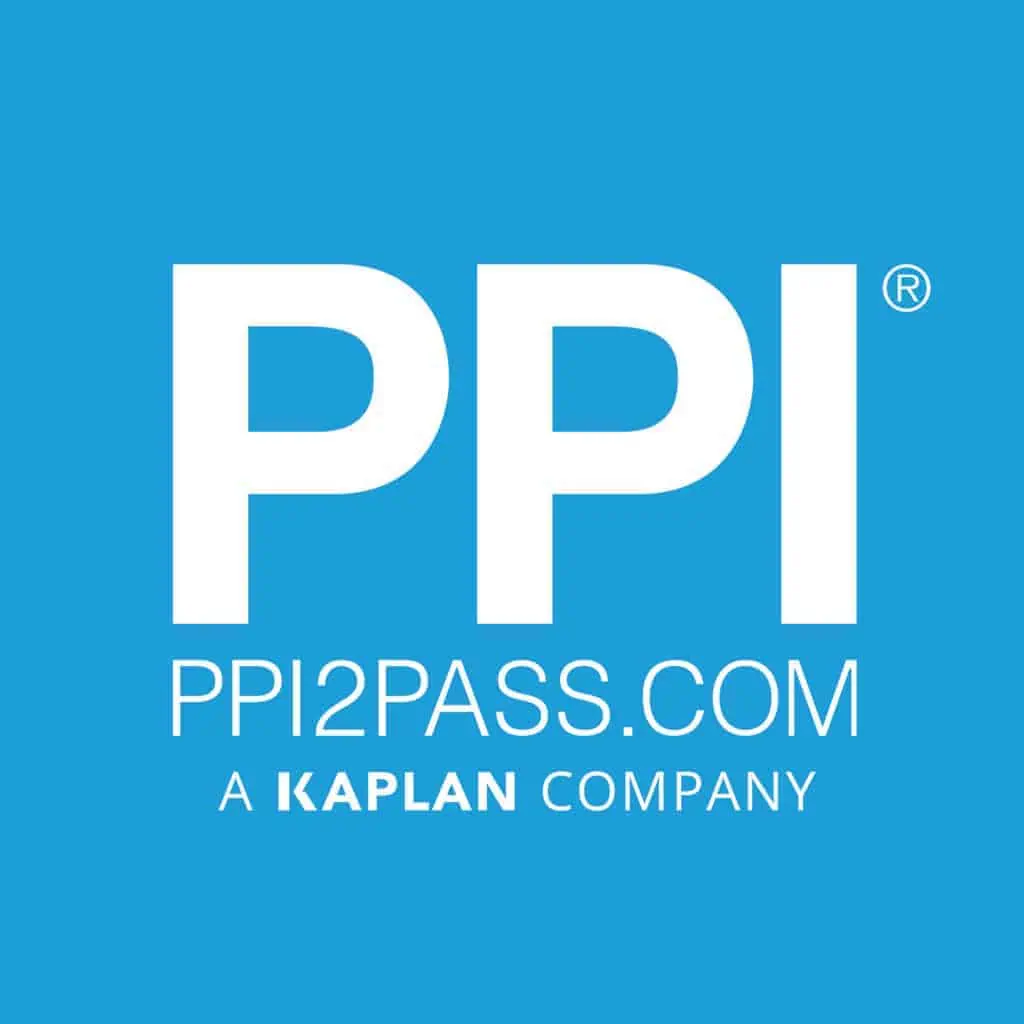Welcome to a special edition of the Pass the PE Exam. We are celebrating our 100th episode together. Throughout our journey, we’ve explored essential topics, shared strategies, and offered valuable advice to empower engineering students and professionals on their PE license path. We’ve been fortunate to host esteemed guests from around the world, each bringing unique insights and wisdom to our aspiring engineers and professionals.
In this article (and video above), I reflect on some of the best tips they’ve shared, including balancing a full-time job with studying, managing time effectively, developing strong study habits and smart scheduling routines, creating comprehensive study plans, and the advantages of earning a PE license for those looking to establish their engineering businesses.
Our first highlight comes from Episode 66, featuring Joanna Johnson, P.E., a transportation engineer from Parametrix. She shared her experiences balancing a full-time job with studying for the PE exam. Her journey provides valuable insights for engineers facing similar paths.
Next, Episode 71 featured Anton Saunders, P.E.,a structural engineer from Greenman Pedersen, Inc., Anton offered insightful advice on PE exam preparation, emphasizing strategies like time management, effective study habits, and smart scheduling.
In Episode 73, Jared Carlson, P.E., LEED AP BD+C, Engineering Director and Principal at Henderson Engineers, shared his inspiring journey towards obtaining his PE license and how it positively impacted his work.
In Episode 29, we spoke with professional engineer [JUH-QWAY] C. Jones, PE, a National Agricultural Engineer from USDA-NRCS and author of the book “Pass The PE Exam In 3 Months: Strategies & Mindset for the Non-Test Taker.” [JUH-QWAY] emphasized the importance of creating a comprehensive study plan for PE exam success.
And last, but certainly not the least, Episode 5, Justin Edenbaum, P.E., founder of Never Gray, discussed the advantages of obtaining a PE license for individuals aiming to establish their own engineering business or offer engineering services.
As we wrap up this celebratory episode and look forward to the next 100 episodes, I want to extend a heartfelt thank you to you, our listeners, our sponsor PPI, A Kaplan Company, and our incredible guests. Your support and engagement have made this show be what it is today – a platform for learning, sharing, and growing together. Thank you for being part of our journey!
This Episode Is Brought to You by PPI
PPI
I hope you found this article helpful. In upcoming articles, I will solve some more PE exam practice problems and answer other questions from our subscribers. Pass the PE Exam videos will publish weekly, so be sure to click the subscribe button so you don’t miss something that could make a substantial difference in your exam result.
Lastly, I encourage you to ask questions in the comments of this video, or on this page and I’ll read and respond to them in future videos. So, if there’s a specific topic you want me to cover or answer, we have you covered.
I’ll see you next week… on Pass the PE Exam
Anthony Fasano, P.E.
Engineering Management Institute
Author of Engineer Your Own Success


















